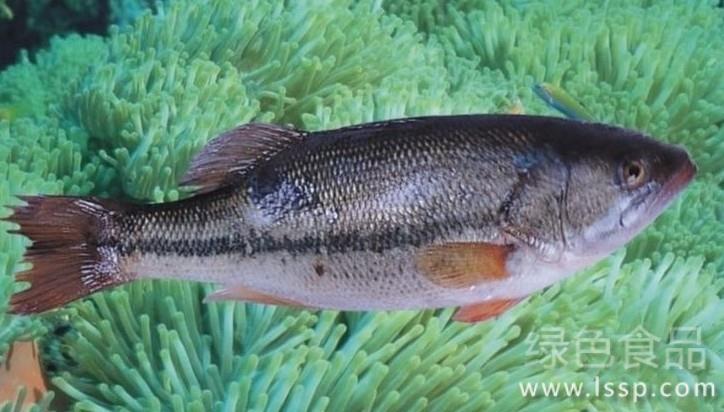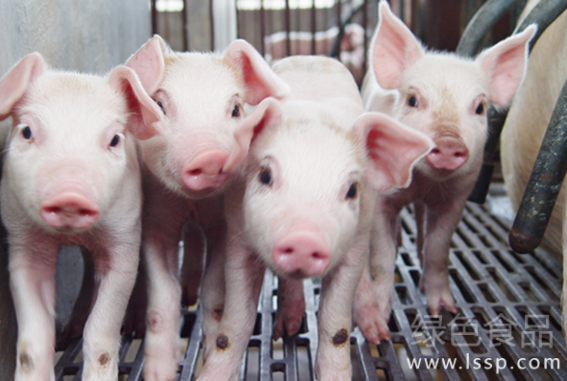Skin rot of perch caused by skin rot how to prevent and cure the skin rot of California perch

California perch
1. Etiology: Aeromonas hydrophila.
two。 Symptoms: California perch infected with skin rot floats slowly on the surface and cannot go underwater when alarmed. The main symptoms of rotten skin disease are mouth ulcers, the most serious ulcers in the lower jaw, and rotting on both sides of the body surface, accompanied by hyperemia at the base of the fin. In the early stage of the disease, the focus is like injury and inflammation, then the scales fall off, the skin is red, swollen and rotten, and gradually goes deep into the dermis and muscles, forming irregular circles, head ulcers, and often exposed skulls.
3. Epidemic features: it begins to occur in the middle and late April every year. There are two peaks from May to June and from September to October. The disease comes ferociously, once it occurs, it will cause a large number of morbidity and death in three days. If no decisive prevention and treatment measures are taken, the disease will spread massively and the incidence rate can reach 100%.
4. Cause analysis: the disease is caused by lack of nutrition, decreased disease resistance and secondary bacterial infection. Because frozen fish contain a large number of "vitamin decomposing enzymes," California perch will suffer from vitamin deficiency after eating frozen fish; coupled with incomplete thawing, there is often ice inside the fish, and California bass suffer from indigestion after eating. In addition, histamine produced by protein decomposition in frozen fish combines with free amino acids during storage and transportation to produce "erosive" damage to the internal organs. At the same time, after feeding a large amount of chilled fish, the water quality and bottom quality of the culture pond were poor, and the culture density was too high, and cross-infection caused the outbreak of the disease.
5. Prevention and treatment: ① had better feed fresh fish pieces, such as frozen fish pieces must be thawed thoroughly, and disinfect with 3% salt water before feeding. ② ponds were thoroughly cleaned with quicklime and disinfected alternately with 20 mg / L quicklime and 0.3 mg / L chlorine dioxide every 10 to 15 days. Vitamin C was added to the feed, and the addition amount was 1 ‰ ~ 3 ‰ of the feed weight of California perch. The fish ponds with ③ were disinfected with trichloroisocyanuric acid and sprinkled with iodine preparation every other day for 3 days. At the same time, norfloxacin and chlortetracycline were added to the feed.
Related
- On the eggshell is a badge full of pride. British Poultry Egg Market and Consumer observation
- British study: 72% of Britons are willing to buy native eggs raised by insects
- Guidelines for friendly egg production revised the increase of space in chicken sheds can not be forced to change feathers and lay eggs.
- Risk of delay in customs clearance Australia suspends lobster exports to China
- Pig semen-the Vector of virus Transmission (4)
- Pig semen-the Vector of virus Transmission (3)
- Five common causes of difficult control of classical swine fever in clinic and their countermeasures
- Foot-and-mouth disease is the most effective way to prevent it!
- PED is the number one killer of piglets and has to be guarded against in autumn and winter.
- What is "yellow fat pig"? Have you ever heard the pig collector talk about "yellow fat pig"?



